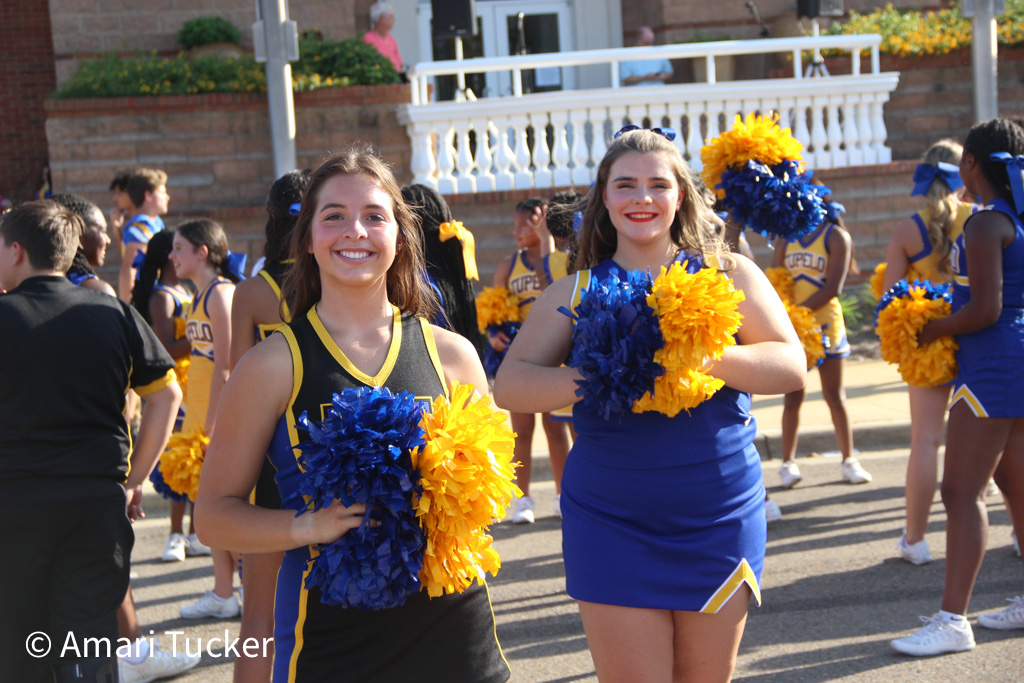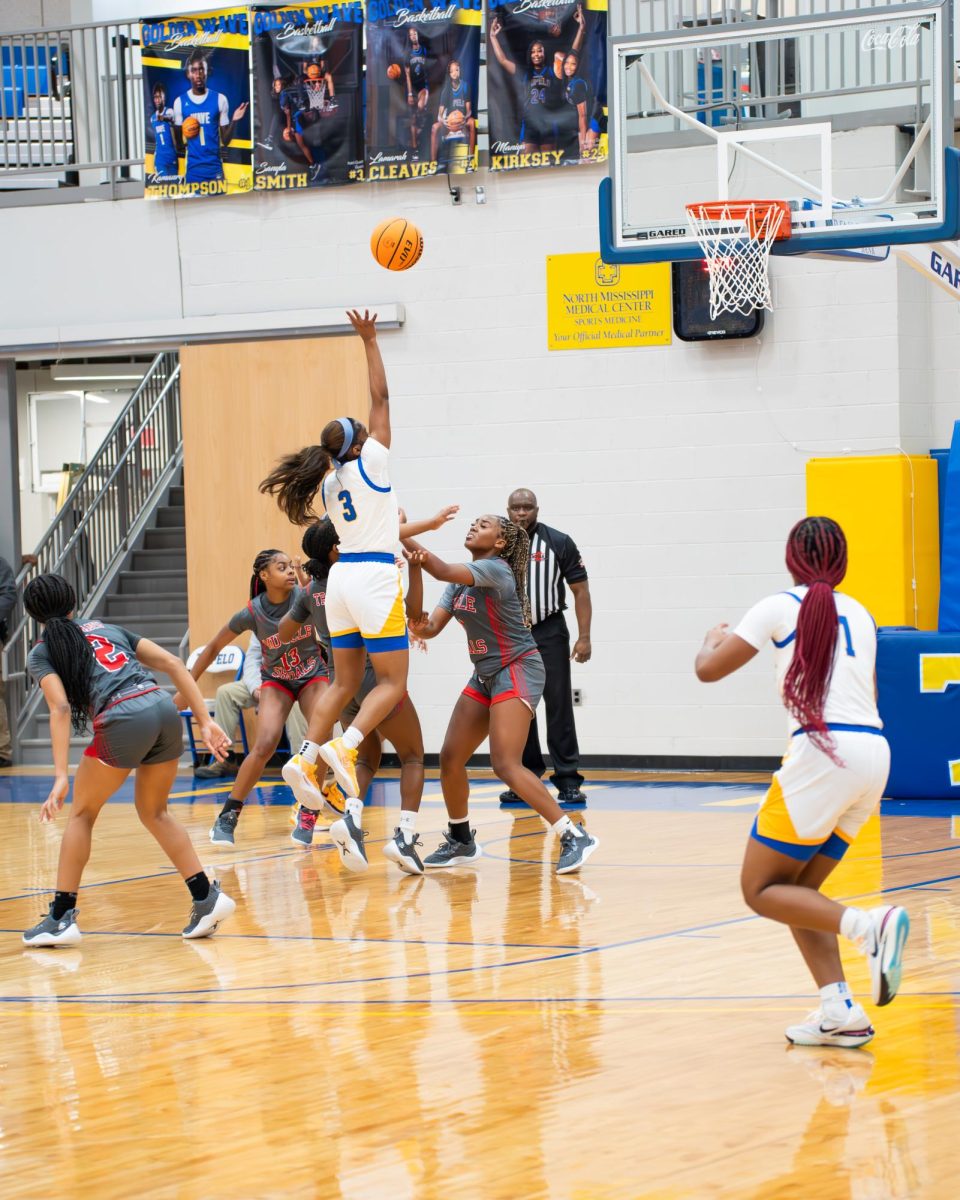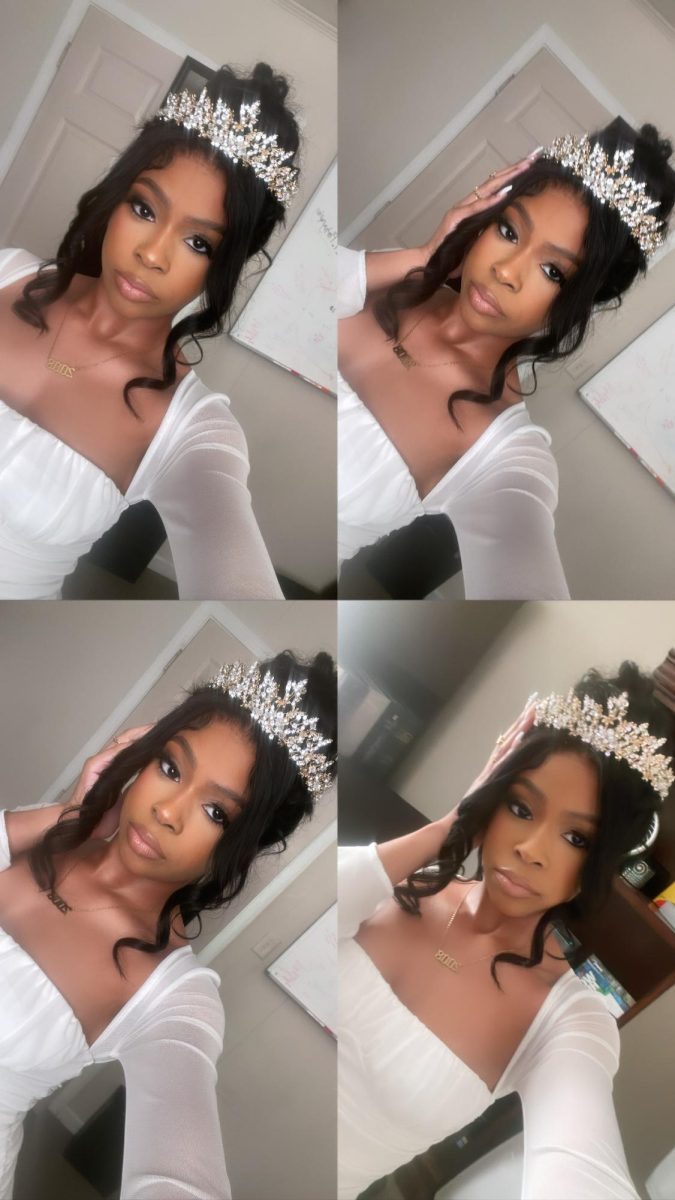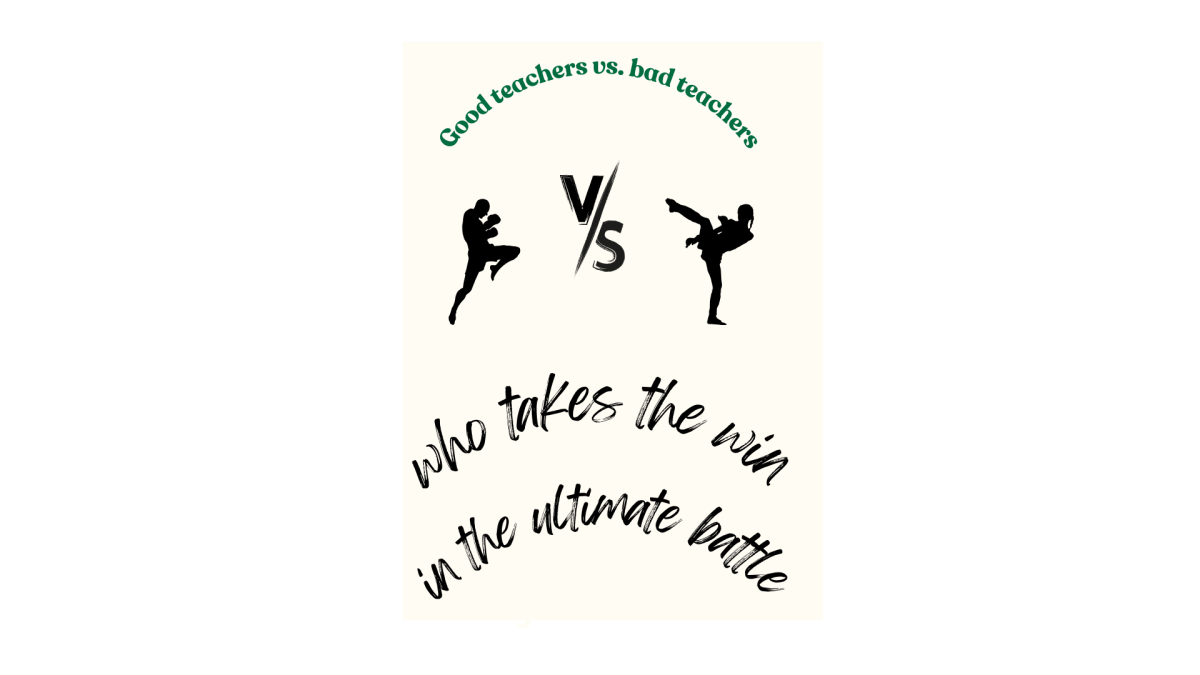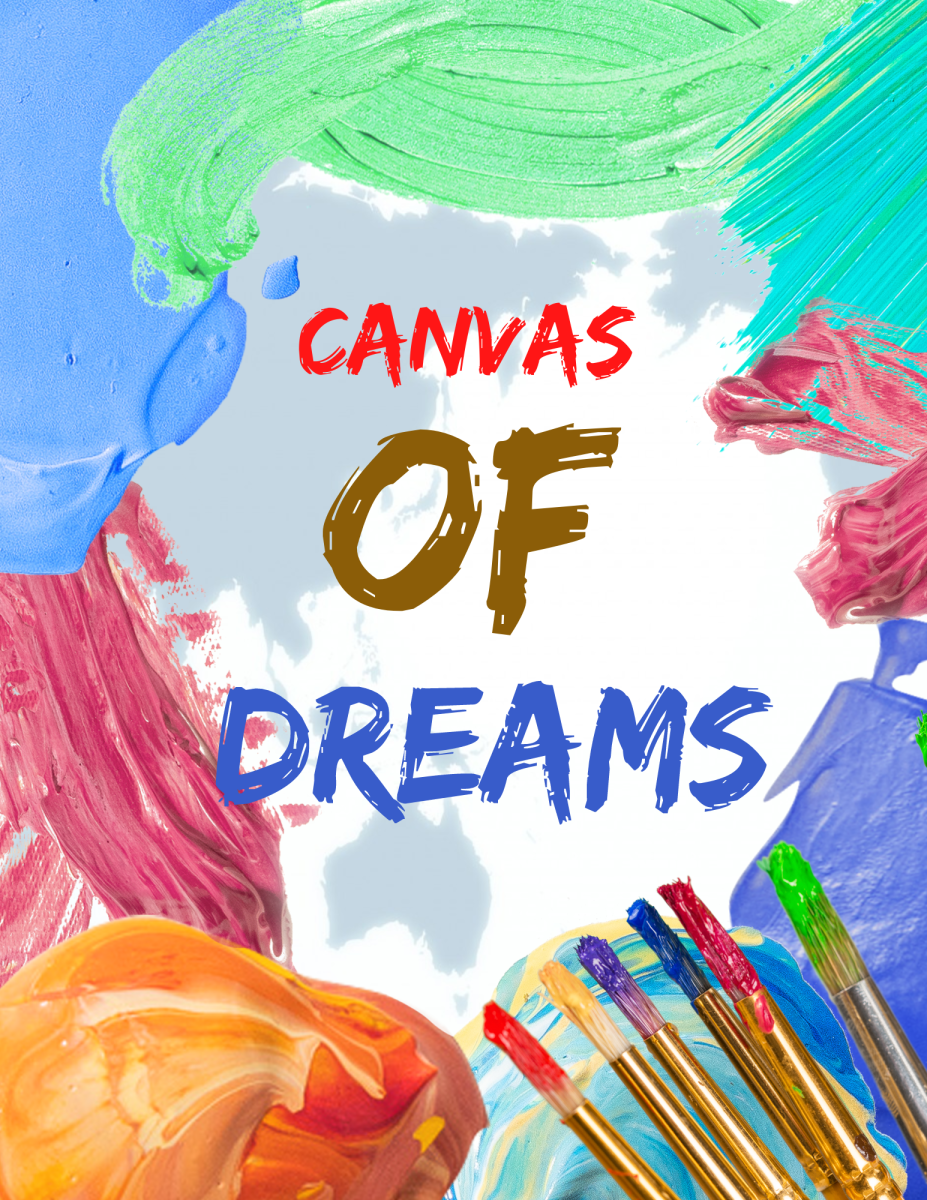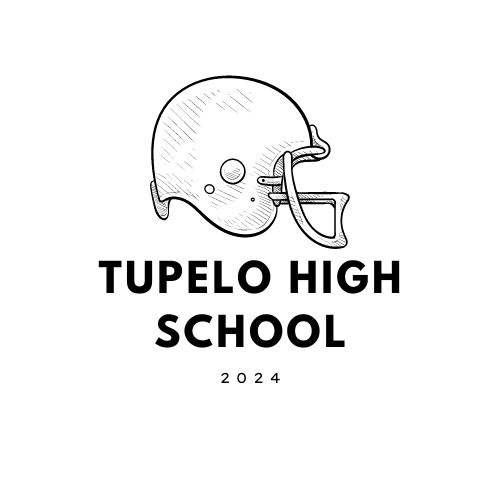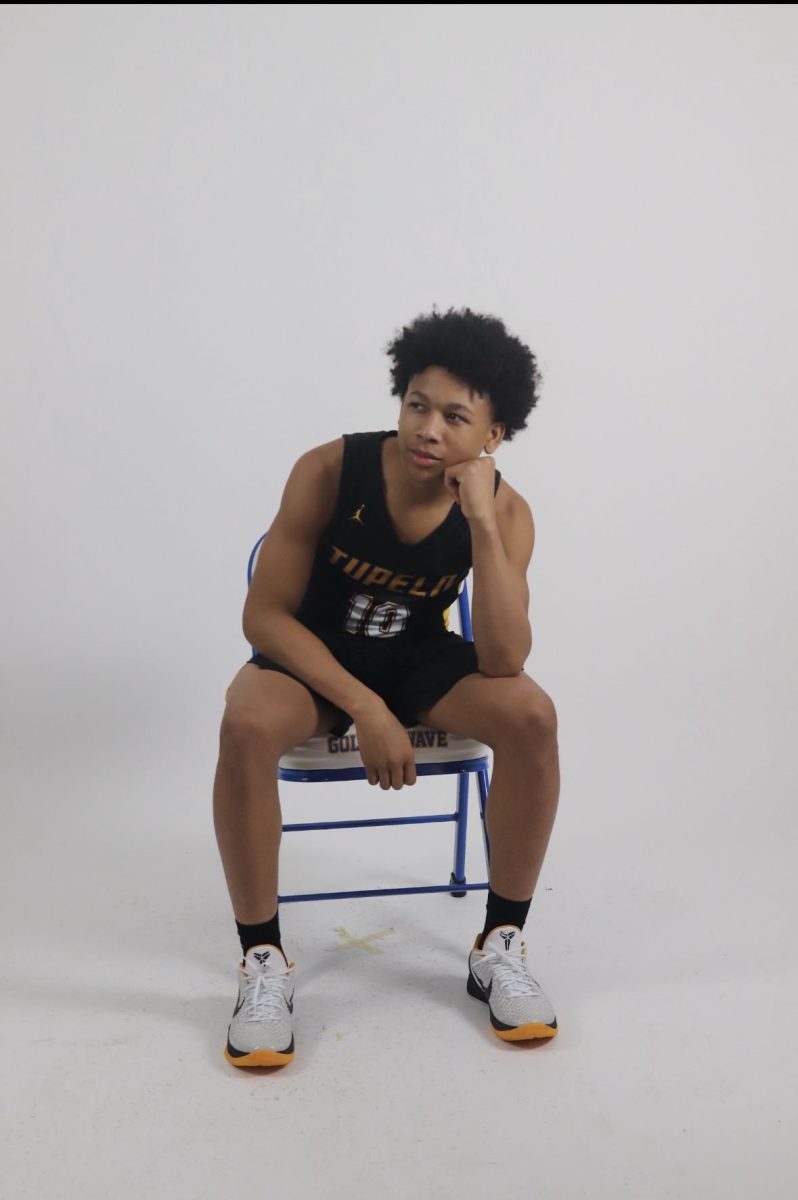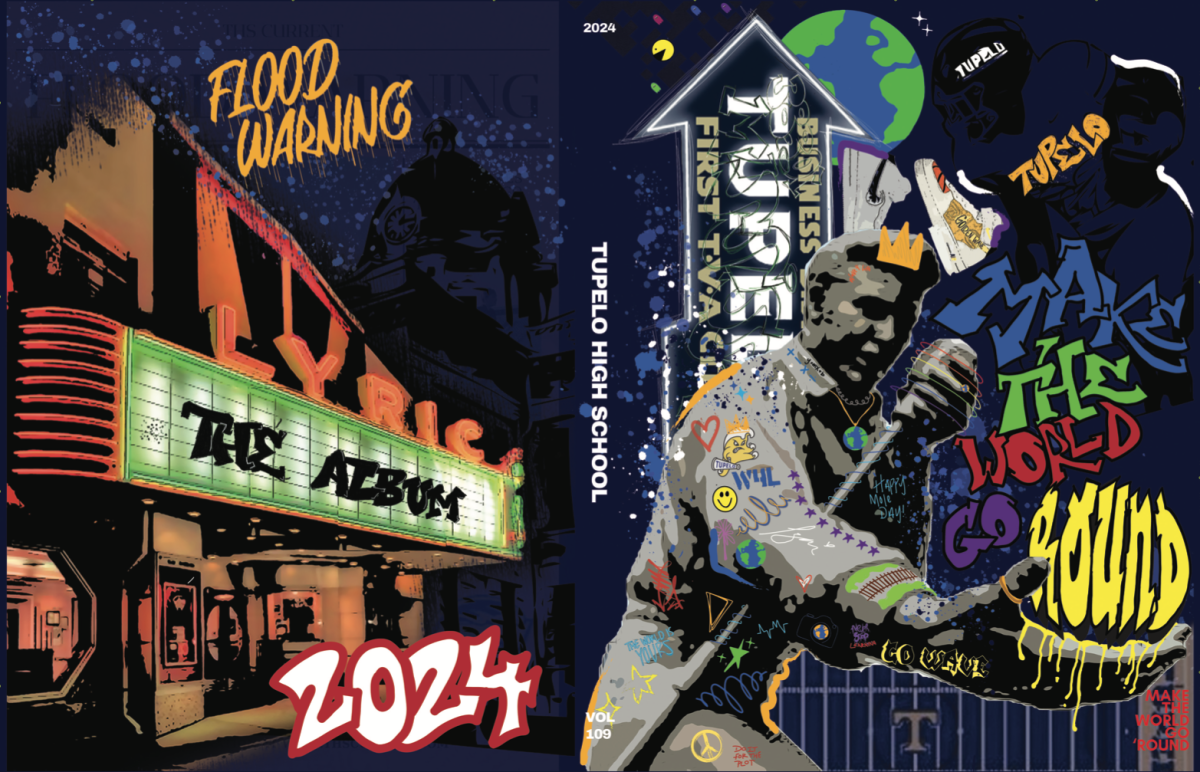The auditorium lights dim, the crowd hushes, and the curtain rises—it’s showtime at Tupelo High School. But before the actors could take the stage, a multitude of steps were carefully arranged to turn a creative vision into a stunning reality. From auditions to opening night, here’s an inside look at the dedicated effort it takes to host a high school play.
When it comes to a play, the first thing the Theatre department must decide on is the play itself.
“When I am looking for a play to do, I want to do something that I know is good for our audiences, but also something that the students are going to be willing to audition for and that they find interesting, because, you know, we’re all going to be with it for six weeks,” says Theatre teacher Ms. Austin.
Directors and committees often spend weeks weighing options, considering their audiences, and envisioning the magic they hope to bring to the stage. But once the decision is made, a new chapter begins. This year, the spotlight falls on ‘Almost, Maine,’ a play about love and longing, friendship and isolation, melancholy and hope.
“Almost, Maine is a very challenging play, so I teach it in class,” Ms. Austin says. “We read Almost, Maine in class, and a lot of kids really loved it. So, we decided to do that.”
Now that the play has been chosen, it’s time to set the dates.
“When you’re doing your regular play, normally you want to have that six weeks; sometimes we take seven because, like here in the spring semester, there’s tornado warnings, and we have to call off rehearsals. So normally, it’s six weeks,” Austin said.
Once dates are set, Ms. Austin must now pay royalties to be allowed to perform the play.
“A royalty is the fee paid to the publisher for permission to do the show, and it’s a law that you have to do that. If they catch you not paying royalty, they can shut down your theater,” Ms. Austin explains. “So, you go to that website, and it’s kind of like putting it in your cart. I need three performances at $130 each, totaling $390, and then I have to buy 15 scripts at about $8 apiece. You just put it in your cart and check out, and then you have the license. When you print your posters, you put produced by special arrangement with PlayScripts or whoever published the show.”
Students have a role in providing when it comes to paying for things such as costumes and stage props.
“We do help pay for costumes, so if we need a costume, then we pay for that out of pocket,” actress Sadie Ethridge says. “And for other things, like if there’s a prop that we have at home we can use, then we bring that, and we help use that.”
After paying royalties, it’s time for auditions to be held.
“What we normally do is we call in some friends from the community to set up a casting committee,” says Ms. Austin. “The kids come in, and we call them in probably about five or ten at a time, and they get up and they read. We always give them the material ahead of time so they can look over it and get comfortable with it. They just read, lay it out there, and have good energy. On the other hand, there are students who want to work backstage. During auditions, on their form, they check if they want a major part or minor part, and they check if they’d be willing to work backstage. That’s mainly how the crew is chosen.”
While Ms. Austin provides an overall look into the process, cast member Piper Brumley talks about some struggles she faces while auditioning.
“The most stressful part of it is getting stared at by like, four teachers. It’s kind of scary. I feel like they’re going to judge me before I even get there,” Brumley says.
Once the cast and crew have been chosen, the rehearsal process can start.
“A typical dress rehearsal is when we come in, we change, we get into our full costume, whatever that may be. And then we wait for a cue. And then we go on stage, we do our scene. Yeah, and then we just leave, but most of the time, at rehearsal, especially for this show, in particular, since they’re pretty much just like individual scenes, we kind of just talk with each other and get to hang out,” explains Sadie Ethridge.
While Sadie describes the typical rehearsal for someone performing in the play, crew member Maddie Hewitt talks about what it’s like working backstage.
“All the cast arrives at the small auditorium, and then at 3:10, I get up to the light box. That is when we start the practice,’ Maddie explains. ‘Basically, I just sit up at the light box and do the lights. Sometimes, I’ll have to go get people, but most of the time, I just usually sit up there.”
Following the rehearsal days, the team is now ready to perform.
‘So normally, we all have an hour call, and the kids get here an hour before the show starts,’ explains a crew member. “We meet in a central location, and while they’re getting ready—putting on makeup and costumes—I’m setting up the box office, the ticket person, and we open the house. We check the props to make sure everything is okay. Then, probably around 6:45, I’ll go backstage. We’ll have a big cast and crew meeting, do some warm-ups, and at two minutes to seven, we call places for the very first scene. Whoever is in the first scene, along with the crew, we all come back and get ready. Then we try to start on time at seven.” Austin explains.
“For me, I get there a bit early, and then, when I get there, I make sure everything is set up at my light booth. Then we do some warm-ups; sometimes I participate in that. And that’s usually it,” Maddie explains.
When asked about the most challenging parts of plays, everyone had a variety of answers.
“I think the most challenging part is, like, when we do very last-minute things, and also the fact that some of my lines can get repetitive,” Piper answers.
“Sometimes I want to tell them too much. And like, as a teacher, it’s my job to let them discover it on their own. But sometimes I feel too bossy. And the other thing about directing is, again, because I act too, sometimes you want to give them a line reading and tell them exactly how to say it. And that’s not real; that’s not organic. That’s not natural for you to repeat just what I said. So just letting people find it on their own,” Austin says.
“The most rewarding parts are definitely the final production, and, you know, being done—which kind of sounds terrible—but like, being done with it and actually doing the show, because that’s the final product,” Sadie states.
As the curtains close and the final applause fades, the journey of the high school play—from the first auditions to the last bow—comes to an end. Each step, whether it was memorizing lines, perfecting the set design, or mastering the lighting cues, has contributed to a moment of success for the students involved. As Sadie, one of the actors, reflects.
“Seeing it all come together on opening night, knowing all the hard work we’ve put in, makes it all worth it.” Sadie said.





